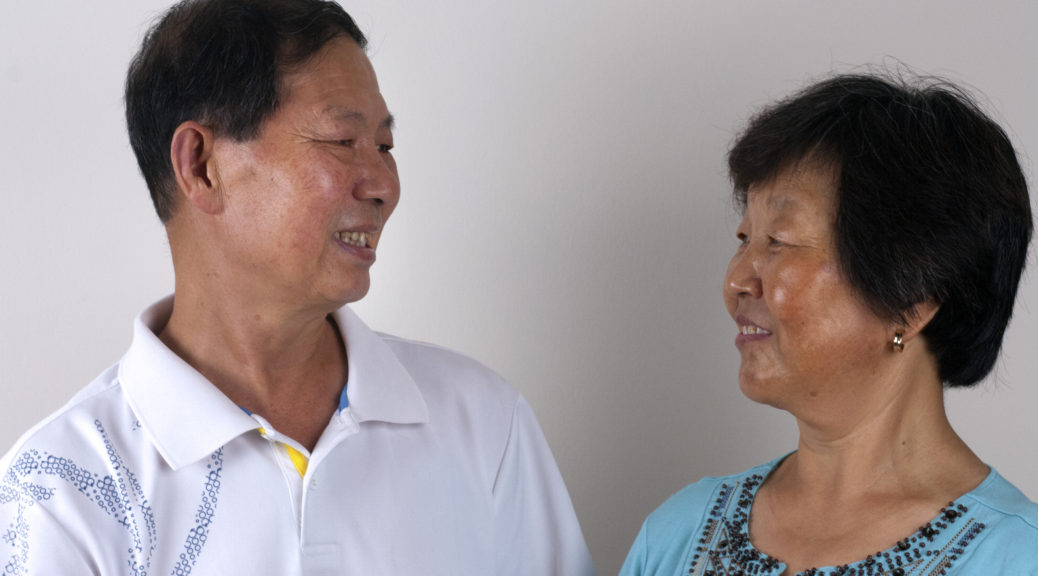Learn to Share Respect: Part 2
Putting Respect into Practice
- Allow others to speak. Don’t interrupt. Listen.
- Suspend judgment and avoid making assumptions.
- Don’t act superior or condescending, which is often conveyed through tone of voice. In other words, don’t talk down to someone or speak to others as if they were children.
- Make eye contact. Be aware of other body languages that might be considered disrespectful such as tapping your foot, rolling your eyes, or texting on your phone when someone is talking.
- Be honest and transparent.
- Choose your words thoughtfully and if possible, know what words the other person might find offensive. Some patients like to be called “brave” or a “fighter.” Others do not.
- Speak calmly and politely. The tone of your voice may be offensive, even if the content of the conversation is not.
- Be caring and considerate when offering critical feedback.
- Avoid qualifiers or sweeping generalities like “always” or “never.” Be specific and accurate. Instead of: “You never think about me.” Say: “It hurt my feelings that you haven’t called in the last week to see how I’m doing.”
- Avoid evaluative comments that are judging. Instead of: “You’re a horrible shopper.” Say: “You forgot my prescription. Could you please pick it up this afternoon?”
- Take responsibility for your actions and admit mistakes.
- Be flexible rather than rigid.
- Recognize when someone is helpful and express your appreciation.
- Be confident in yourself.
- Consider respect from all perspectives.

This research project was funded by a grant from the National Cancer Institute (CA144235; Dr. Wayne Beach, San Diego State University, Principal Investigator). Co-investigators included Dr. David Dozier from San Diego State University, and Mary Buller, Dr. Valerie Myers, and Dr. David Buller from Klein Buendel, Inc.
